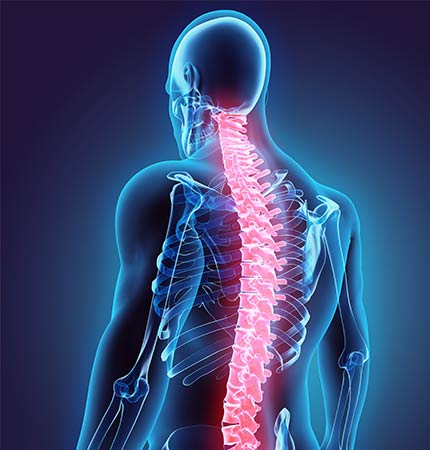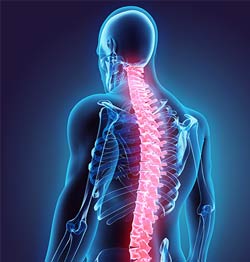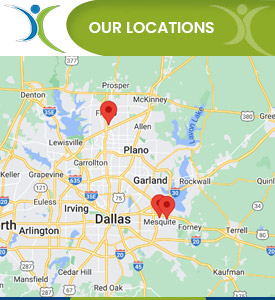Complex Regional Pain Syndrome (CRPS) Treatment Q&A
Some common symptoms of complex regional pain syndrome include burning pain, loss of fine motor control, spasms, stiffness, and depression. Complex regional pain syndrome is complex to diagnose, and a pain specialist like Dr. Andrew Morchower can help. For more information, contact us today or book an appointment online. Our clinics are located in Frisco, TX, Sunnyvale, TX, and Mesquite, TX.




Table of Contents:
What is complex regional pain syndrome?
What are the symptoms of complex regional pain syndrome?
What causes CRPS?
Can a pain specialist diagnose and treat CRPS?
Complex regional pain syndrome is a type of chronic pain that affects an individual’s arm or leg. Complex regional pain syndrome generally develops after the patient sustains an injury, surgery, stroke, or a heart attack. The pain is usually extreme in comparison to the severity of the injury that occurred.
Treatment for complex regional pain syndrome is most effective when the injury is caught early on. Generally, when treatment is started early on, improvements and remission are higher than if treatment starts later on.
Some treatments can include Spinal Cord Stimulator, Stellate Ganglion Block, and Peripheral Nerve Stimulation to help address symptoms of complex regional pain syndrome.
The signs and symptoms of complex regional pain syndrome vary, but they are prominent, some of them include:
• Unremitting throbbing or burning pain, usually these sensations are felt in the arm, leg, foot, or hand
• Sensitivities to cold or touch
• Swelling in the general pained area
• Changes in the temperature of the skin, often alternating between cold and sweaty
• Changes in the color of the skin, often ranging from blotchy white to red and/or blue
• Changes in the texture of the skin, often the skin becomes quite tender, and thin, and may look quite shiny in the general area of the injury
• Changes within the nail’s growth, and hair
• Any joint stiffness, damage, or swelling
• Muscle tremors, muscle spasms, and muscle atrophy
• Reduced ability to move the body part that has been affected
The symptoms will vary from person to person; however, symptoms like pain, swelling, and redness, as well as noticeable body temperature changes are the most common to occur first.
Over time, the limb that has sustained the injury may become cold and pale. Other types of symptoms that may occur in some, but not everyone include skin and nail changing, as well as muscle spasms, and muscle tightening. If you begin to notice these symptoms, complex regional pain syndrome has gone too far, and it is often irreversible.
Complex regional pain syndrome can spread from one area to another, most often from one limb to another.
While the main cause of complex regional pain syndrome is not completely understood, it can be caused due to an injury or by an abnormality of the central and peripheral nervous systems. Complex regional pain syndrome generally occurs due to trauma or an injury.
Complex regional pain syndrome has two forms, both have quite similar signs and symptoms, but different causes for each:
• Type 1
Type 1 complex regional pain syndrome is also known as reflex sympathetic dystrophy, this particular type occurs after an illness or injury, but it doesn’t directly damage the nerves in the affected limb. About 90% of patients who are diagnosed with Complex regional pain syndrome have type 1.
• Type 2
Type 2 complex regional pain syndrome is also referred to as causalgia, this particular type has symptoms concerning type 1. However, type 2 complex regional pain syndrome occurs after a nerve injury.
Many patients who are diagnosed with complex regional pain syndrome often are due to a forceful injury to the arm or leg. An injury of this magnitude can be due to a crushing injury or even a fracture.
Other minor and major traumas that can have complex regional pain syndrome occur are from surgery, infections, heart attacks, and even sprains. It’s not understood why certain injuries like these can trigger complex regional pain syndrome, and not everyone who has one of the injuries that happen will develop complex regional pain syndrome.
Complex regional pain syndrome can be quite complex to diagnose. Many doctors will suggest you visit a pain specialist for a diagnosis and treatment as they specialize in these types of syndromes and other pain issues. If you are suffering from CRPS, contact our pain management specialist Dr. Andrew Morchower. Visit us at a location near you in Frisco, TX, Sunnyvale, TX, and Mesquite, TX.. We serve patients from Dallas TX, Frisco TX, Mesquite TX, Sunnyvale TX, Plano TX, Garland TX, Forney TX, Cedar Hill TX, Denton TX, Balch Springs TX, and surrounding areas.
Check Out Our 5 Star Reviews






